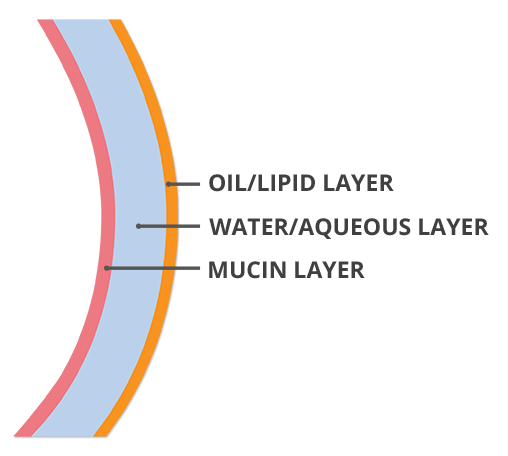
The Williamson Dry Eye Center of Louisiana is proud to be the state of Louisiana’s first clinic devoted to the treatment of dry eyes. As leaders in our state’s eyecare since the first office was established in 1951 by Dr. William Williamson, the Williamson Eye name has become synonymous with superior patient care and the most advanced technology. In 1983, the Williamson family built the first outpatient surgery center for ophthalmic surgery, our medical director Dr. Charles Williamson was one of the very first in the world to describe and perform topical clear corneal cataract surgery of which would become the preferred technique by cataract surgeons the world over. Today Williamson Eye physicians continue to be pioneers in numerous areas of eye care.
Seeing the need for a more sophisticated treatment modality for the millions of people living with clinically significant dry eye, The Williamson Dry Eye Center was established in 2019. Understanding that no two people are the same nor situations identical, the center will create a unique treatment plan to permanently reduce or eliminate our patient’s dry eye signs and symptoms.
Dry Eye, also known as Keratoconjunctivitis Sicca, is not a simple disease to describe. Typically, a lack of tears, improper ocular lubrication, or tears that drain too quickly can result in a symptomatic dry eye patient.
OptiLight with Lumenis uses precise, intense broad spectrum light to address the inflammation - one of the key underlying factors in dry eye disease. It's gentle, fast, and has no downtime.
An in-depth ocular history will be taken by our technicians. You will be asked to complete our SPEED survey to get an idea of your current dry eye status.
Our staff will then perform entrance testing using the most advanced technology currently available.
Upon completion of the keratograph testing a Tear Lab test will be performed. This is an objective test which analyzes both the quality and volume of your specific tear. The result will help the Dry Eye team personalize your treatment even further.
Learn More About TearLabAfter your personalized TearLab number is determined, yet another test will be performed. This test, the Inflammadry, is the first and only, rapid result, in-office test that detects elevated levels of MMP-9, an inflammatory marker that is consistently elevated in the tears of patients with dry eye disease.
Learn More About InflammadryOnce these tests are performed, the information is collected and analyzed. From there, the Dry Eye Team will personally analyze you behind the a microscope very much like a standard eye exam. Upon conclusion the patient will be given a personalized treatment regimens for their particular ocular surface issues and follow up visit(s) scheduled. They will also receive a personalized print out called the “Crystal Tear Report.”

Staring at digital screens (computers, cell phones, tablets) cause our blink rates to decrease rapidly. It’s the blink that refreshes our tear film and by not properly blinking, a tear film is allowed to evaporate. In addition, being near fans or air conditioning, sand, pollen, dust, or dry work environments can also break down the tear film’s composition.

Modern soft contact lenses act like little sponges that soak up your tear film to stay lubricated. This can cause extreme eye discomfort and poor vision after just a few hours of contact lens wear. We have soft contact lenses that are specifically designed for patients with dry eyes that will increase comfortable wear time while likely providing superior visual outcomes!

Dry Eye symptoms are often side effects of numerous medical conditions including Diabetes, Sjogrens, Lupus, Thyroid Disorders, as well as Rheumatoid Arthritis amongst countless others. The list of medications with dry eye as a side effect is simply too long to list, most notable are antihistamines, anti-anxiety, antidepressants, pain relievers, arthritis, hormones, and diuretics. In addition, LASIK can occasionally cause dry eye symptoms as the patient ages.
Aqueous Deficient Dry Eye:
Patients that suffer from Aqueous Deficient Dry Eye simply do not produce enough water in their tears. If there is not enough liquid in the tear film, the tears become too concentrated (like too strong of a drink), which irritates the ocular surface and causes even more ocular inflammation resulting in a worsening of the dry eye condition. This is often caused by systemic diseases, most notably autoimmune diseases, as well as many of the medications listed earlier.
Evaporative Dry Eye Disease:
Patients that suffer from Evaporative Dry Eye Disease do not have enough oil on the surface of their tear film. This results in a very unstable tear film which causes the tears to evaporate quickly, resulting in exposure of the ocular surface. The underlying cause of this type of dry eye has been found to be Meibomian Gland Dysfunction (MGD), it is estimated that MGD affects up to 85% of dry eye sufferers.

Outermost Layer (makes contact with the air):
This is formally known as the “Oil/Lipid Layer”. It’s main role is to seal the tear film and greatly reduce the evaporation of our own natural tears.
Middle Layer:
This middle layer is known as the “Water/Aqueous Layer.” It’s composed primarily of water. Its job is to lubricate the eye as well as to wash away foreign particles and to prevent infection.
Innermost Layer (makes contact with the eye’s surface): The layer closest to the ocular surface is known as the “Mucin Layer.” This allows the watery layer to spread evenly over the surface of the eye while maintaining a moist and lubricated ocular surface. Basically this allows the tears to stick to the surface of the eye.
Did you know that your body produces TWO types of tears and that a watery eye is actually a sign of a dry eye?
Constant/Baseline Tears:
This type of tear is the type that sits upon your ocular surface at all times. These are continuously formed to lubricate the eye and contain natural antibiotics to help fight infections and to heal the eye. Think of this type of tear production like a kitchen sink. Your body should modify the amount of baseline tears depending on your environment. However in many individuals (especially those who spend numerous hours each day on cell phones and/or computers as well as post-menopausal women) the baseline tear flow is reduced which causes an irritation of the ocular surface resulting in excessive reflex tearing (watery eyes).
Reflex Tears:
These tears are produced only in response to irritation, injury, or emotion. They work to protect and rinse the ocular surface. When the baseline tear film is reduced and the eye is placed in a challenging situation, the reflex tear kicks in and causes an excessive production resulting in tears running down the face. We liken the Reflex tear to a firehose which causes the eyes to become “watery.”
The treatment of Dry Eye Disease is incredibly varied with many new options being released each year. The Williamson Eye Center provides itself on offering the absolute latest treatments available anywhere, with many such treatments offered nowhere else in Louisiana.